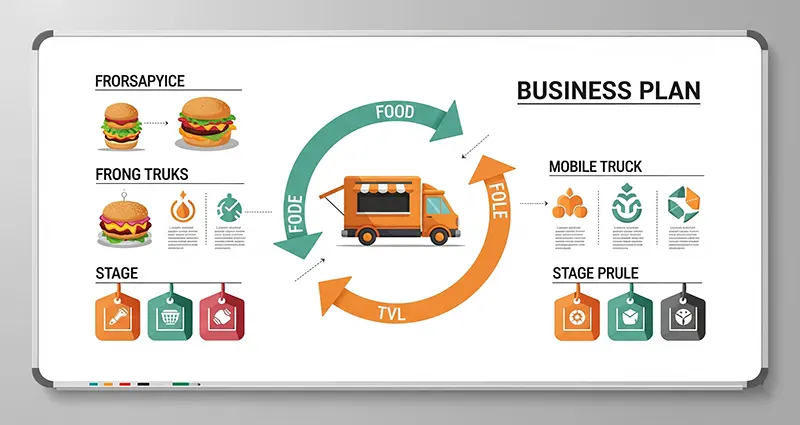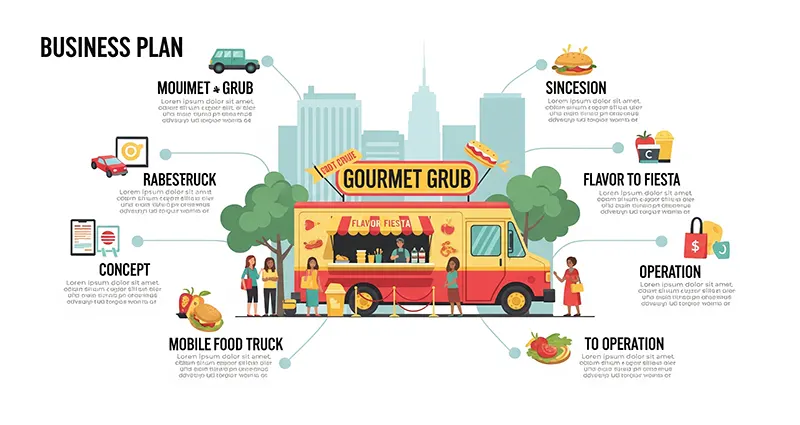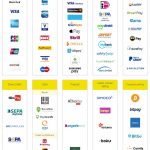Fortifying Your Finances: How to Set Up Two-Factor Authentication for Online Banking
In a world where digital banking is the norm, the security of your financial accounts is more critical than ever. While a strong password is a good first step, it is no longer enough to protect against sophisticated cyber threats. This is where two-factor authentication (2FA), also known as multi-factor authentication (MFA), comes in. It provides a vital second layer of security that can be the difference between a secure account and a compromised one. Setting it up is a straightforward process, and it’s one of the most important things you can do to safeguard your money.
What is Two-Factor Authentication?
Two-factor authentication is a security method that requires you to provide two different forms of identification to prove who you are before you are granted access to an account. These two factors typically come from three distinct categories:
- Something you know: This is your password or PIN.
- Something you
From Stressful Searches to Seamless Journeys: How to Find a Luxury Travel Advisor for Your Family Vacation
For many families, planning a vacation can feel less like a dream and more like a second job. The endless search for family-friendly hotels, the struggle to find activities that appeal to a wide range of ages, and the logistics of booking flights and transfers can be overwhelming. When you’re seeking a truly memorable and stress-free getaway, a luxury travel advisor is not a luxury—they are a necessity. They serve as your personal concierge, guide, and problem-solver, turning a complex itinerary into a seamless journey.
But how do you find the right one? The process of selecting a luxury travel advisor for a family vacation is a strategic one, focused on finding a partner who understands your family’s unique needs, travel style, and desires.
The Value of a Luxury Travel Advisor
Before you begin your search, it’s important to understand what a luxury travel advisor brings to the table. Beyond … READ MORE ...
Guarding Your Wallet: Online Banking Security Tips for Mobile App Users
In an increasingly digital world, your smartphone is more than just a communication device; it’s a mobile bank branch. The convenience of checking balances, transferring funds, and paying bills from the palm of your hand is undeniable. However, this convenience comes with a critical responsibility: safeguarding your financial data. While banks and FinTech companies employ sophisticated security measures, the user remains the first and most important line of defense. Here are the essential tips for ensuring your mobile banking experience is as secure as it is convenient.
1. Secure Your Device First
Your phone itself is the gateway to your financial life. If it’s not secure, your banking app isn’t either.
- Lock Your Screen: This is the most basic and vital step. Use a strong passcode, a complex pattern, or, even better, biometric authentication like a fingerprint or facial recognition. Make sure your device is set to lock automatically after
A Seamless Financial Experience: How Embedded Finance is Changing the Retail and E-commerce Landscape
In the past, the journey from “add to cart” to “purchase complete” was a simple transaction. Today, that journey is evolving into a rich financial ecosystem, thanks to a quiet but powerful revolution known as embedded finance. This trend is fundamentally changing how retail and e-commerce businesses operate, allowing them to integrate financial services directly into their platforms, creating a seamless, intuitive, and hyper-personalized customer experience.
What is Embedded Finance?
At its core, embedded finance is the integration of financial services into non-financial platforms. It’s the “buy now, pay later” option at checkout on an e-commerce site, the instant business loan offer on a B2B platform, or the payment wallet built into a ride-sharing app. Instead of a customer having to leave an app or website to secure a loan, make a payment, or get insurance, the financial service is a native, frictionless part of their user journey.
For the … READ MORE ...
From Wheels to Meals: A Business Plan Template for a Mobile Food Truck
Starting a food truck is a dream for many aspiring entrepreneurs—it offers the creative freedom of a restaurant without the immense overhead of a brick-and-mortar location. However, a passion for food is only part of the recipe for success. A well-structured business plan is the blueprint that will guide you from a great idea to a thriving mobile eatery. This template outlines the key components you need to research, plan, and present to potential investors or lenders.
[Your Food Truck Name] Business Plan
1. Executive Summary
- Business Concept: Briefly describe your food truck, your menu, and your unique selling proposition (USP). What kind of food will you serve? What sets you apart from the competition?
- Mission Statement: A short, powerful statement that defines your purpose and values.
- Financial Highlights: A snapshot of your key financial projections, including start-up costs, projected revenue for the first one to three years, and your













